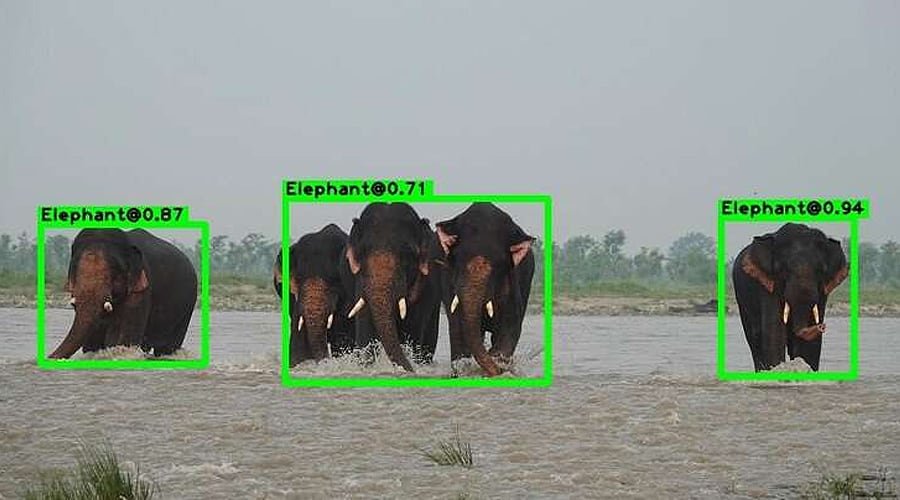Source – https://www.analyticsinsight.net/
Scientists at Duke University and the Wildlife Conservation Society (WCS) have come up with an interesting set of deep learning algorithms that could analyze more than 10,000 drone images of mixed colonies of seabirds in the Falkland Islands off Argentina’s coast. The Falklands are home to the world’s largest colonies of black-browed albatrosses (Thalassarche melanophris) and the second-largest colonies of southern rockhopper penguins (Eudyptes c. chrysocome). Hundreds of thousands of birds breed on the islands in densely interspersed groups.
The deep-learning algorithm made by the scientists has successfully identified and counted the albatrosses with 97% and the penguins with 87% accuracy. Madeline C. Hayes, a remote sensing analyst at the Duke University Marine Lab, who led the study has a view that using drone surveys and deep learning gives them an alternative that is remarkably accurate, less disruptive, and significantly easier. One person, or a small team, can do it, and the equipment they need to do it isn’t all that costly or complicated.
The colonies, located on two rocky, uninhabited outer islands, have been monitored by teams of scientists who count the number of each species they observe on a portion of the islands and extrapolate those numbers to get population estimates for the full colonies until now. Since the colonies are large and densely interspersed and the penguins are much smaller than the albatrosses and, thus, easy to miss, counts often need to be repeated. It’s a laborious process, and the presence of scientists can disrupt the birds’ breeding and parenting behaviors. Using artificial intelligence will easily solve this problem.
The images are analyzed using a convolutional neural network (CNN). It is a type of AI that employs a deep-learning algorithm to analyze an image and differentiate and count the objects visible to it. The counts are then added together to create comprehensive estimates of the total number of birds found in colonies.
